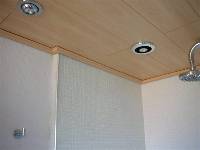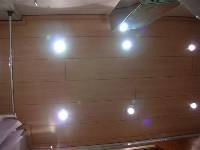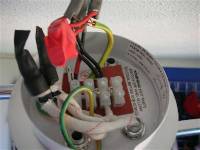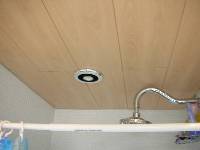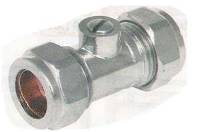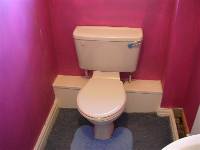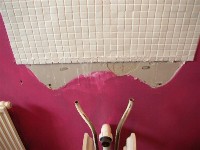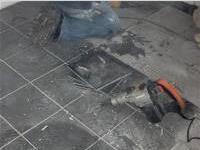Fitting or replacing a bathroom is not a job for the feint hearted and can test the patience of even the most seasoned DIY'er.
There are important decisions to be made when considering fitting or replacing a bathroom. The materials used will often be expensive and so you should consider carefully whether you wish to undertake the project yourself or if you should pass the job onto a bathroom installation expert, plumber or tiler. If you only have the one bathroom in the property then replacing it can cause major problems, especially if you have a family and the toilet is out of use. For this reason it is important to get the toilet fitted as soon as possible. By looking below you may feel that this is a bit daunting, but I'm no expert, I am just a keen diy'er and I have replaced a small bathroom in about three days including tiling and fitting the shower.
Here is a brief outline of what is required when considering replacing or fitting a new bathroom-
- Measure the room and ensure that the new bathroom will fit.
- Measure up and purchase the necessary tiles, adhesives and grout.
- Decide which plumbing fittings you are going to use, then Calculate the amount of pipe and fittings that you will require to complete the project, you may also need some stop ends in order to blank off the water pipes temporarily.
- Consider whether or not you require under floor heating?
- If the floor is being tiled, does it need reinforcing first?
- Is the ceiling being replaced or decorated, if it is then it is best if this is done first, before removing the old bathroom.
- Is the lighting adequate or will it be replaced.
- If using metal pipes do they need bonding? If the circuits in the bathroom are not RCD protected then they probably do!
- Is there an extractor fan fitted and does it require replacing?
Electrical work in the bathroom will probably be covered by the new part p rules, please check here before doing any electrical work in bathrooms New Rules. Because fitting or replacing a bathroom is a very large job I have posted links to the relevant pages that you require in order to complete the project.
Step 1
Decide which type of pipe you are going to be using for the pipe modifications and choose the correct types of fittings, please see here- Joining pipes
Step 2
Sort out the ceiling and lighting, it is best if this is done before any of the bathroom furniture is removed as it takes some of the pressure away from fitting the bathroom. You can also sort out the lighting and the extractor fan.
Step 3
Isolate the water supply to the bathroom and then remove the bathroom furniture, hopefully all pipes will have isolation valves on them already, if not they should be fitted before the bathroom furniture is refitted, use the valves that require turning with a screwdriver as the ones with handles are often played with by children. Once the bathroom furniture is removed and the water is capped off you can remove any tiles in the room.
Step 4
After removing the tiles you can fit the under floor heating if it is being fitted, this may now have to be fitted by a qualified electrician in a bathroom or kitchen and so please check the latest part p document before doing this yourself. You can then proceed to tank any areas that are likely to get wet, such as shower areas.
Electric under floor heating | How to tank a shower area
Step 5
Tile the walls and the floor and then when the tiles are set and the tiles have been grouted you can fit the new bathroom furniture as described in the project pages above. Seal any gaps with silicone sealant as described below.
Tiling a floor | Tiling a wall | Bath fitting | How to apply silicone sealant



